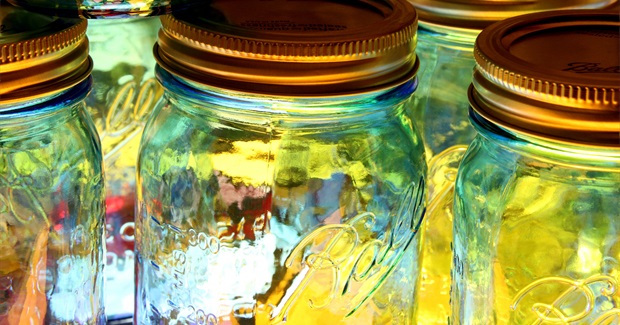| Online: | |
| Visits: | |
| Stories: |
10 Life Hacks to Help You Cut Plastic Out of the Picture
by Kate Good
One Green Planet
Plastic is so ubiquitous that it can be found in or associated with nearly every tangible item in existence. Just think about how many different things you used today that either were plastic or came packaged in plastic, you’re guaranteed to come up with at least five. It’s no secret that we all have a rather sordid relationship with plastic: it’s incredibly convenient, but it’s equally wasteful.
In the U.S., we go through around 1,500 plastic water bottles every second, and it takes around 100 years for these bottles to break down. While some people look to recycling as the solution for plastic waste, the reality is only nine percent of plastic in the U.S. ever reaches a recycling facility, and the rest ends up in landfills or more likely waterways and the ocean.
There are around 270,000 tons of plastic waste floating on the surface of the oceans; plastic bags and plastic microfibers and beads make up a vast majority of this waste. All of these products are petroleum-based, and it is estimated that 12 million barrels of oil are used annually just to produce plastic bags in the U.S. When plastic finally does break down, it releases a whole slew of toxic chemicals including BPA, styrene, phthalates, vinyl chloride and dioxin, all of which end up in our air and water, and can injure or poison wildlife.
Read more »
Every Day is Earth Day
Source: http://www.riseearth.com/2015/06/10-life-hacks-to-help-you-cut-plastic.html





